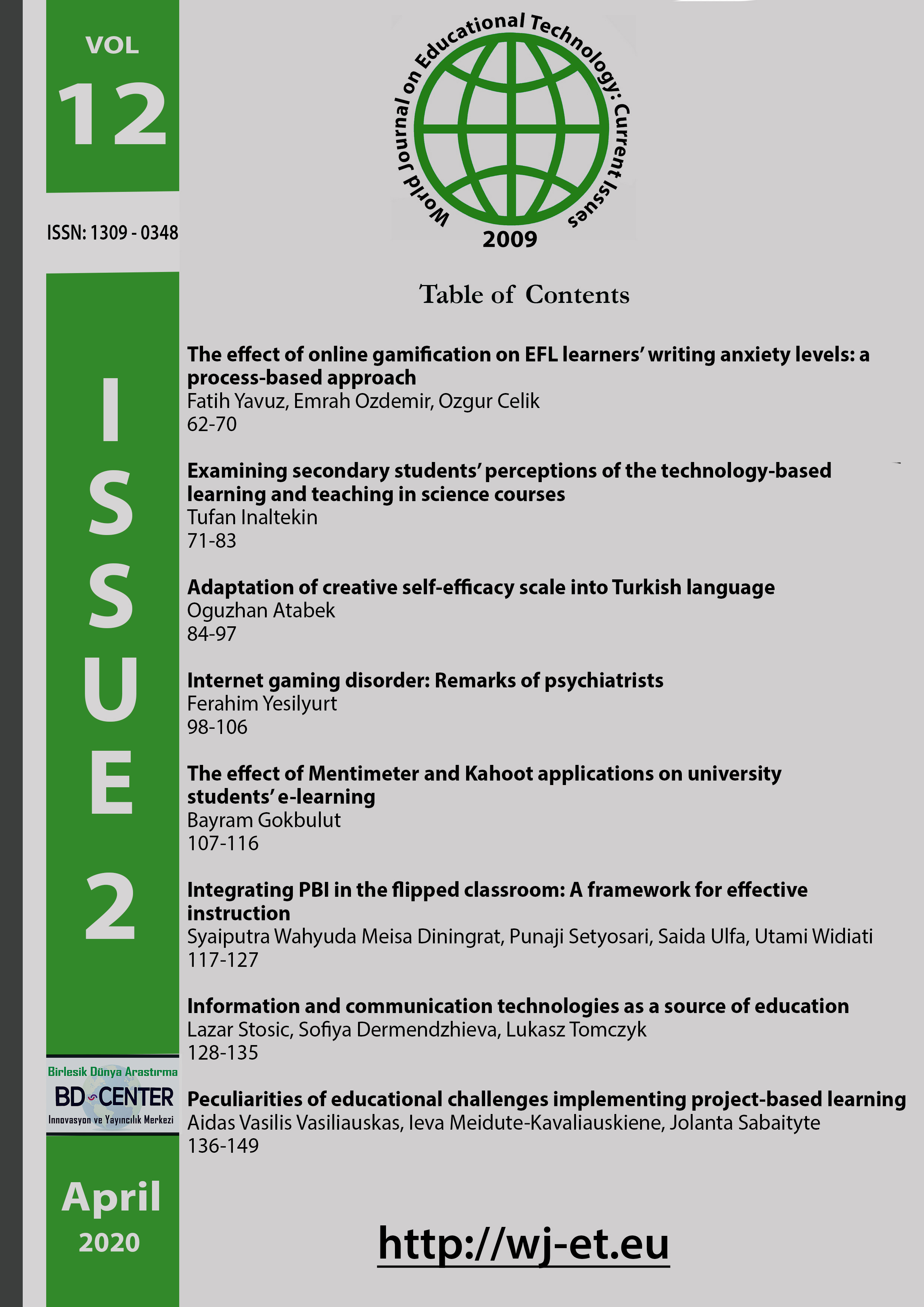Integrating PBI in the flipped classroom: A framework for effective instruction
Main Article Content
Abstract
The existence of the flipped classroom has gained attention among scholars and teachers, particularly in higher education. This instructional model appeals much concern due to its capability not only to shift the instructional process from teacher-centered to student-centered but also to transform university classrooms into an active learning environment where students have the opportunity to apply concepts to solve the problems. However, the current pieces of evidence showed that teachers implementing the flipped classroom instructional model still encounter issues that raise additional concerns, such as technical difficulty, design gaps between pre-class and in-class learning activity, and little study on robust frameworks have been developed for this instructional. Consequently, teachers generate an inadequate learning activity design in the flipped classroom. Therefore, this study aims to develop a vigorous framework for the flipped classroom model by integrating problem-based instructional strategy. After reviewing relevant theories and empirical findings, the result of the study provides a foundation framework for the flipped classroom design. This framework consists of two circles of learning activity design that coherence between pre-class and in-class. The theoretical framework provided in this study is considered as initial study, thus, further researches are highly suggested for future scholars to explore its effectiveness.
Keywords: flipped classroom, instructional framework, effective instruction;
Downloads
Article Details

This work is licensed under a Creative Commons Attribution 4.0 International License.
World Journal on Educational Technology: Current Issues is an Open Access Journal. The copyright holder is the author/s. Licensee Birlesik Dunya Yenilik Arastirma ve Yayincilik Merkezi, North Nicosia, Cyprus. All articles can be downloaded free of charge. Articles published in the Journal are Open-Access articles distributed under CC-BY license [Attribution 4.0 International (CC BY 4.0)].
Birlesik Dunya Yenilik Arastirma ve Yayincilik Merkezi (BD-Center)is a gold open-access publisher. At the point of publication, all articles from our portfolio of journals are immediately and permanently accessible online free of charge. BD-Center articles are published under the CC-BY license [Attribution 4.0 International (CC BY 4.0)], which permits unrestricted use, distribution, and reproduction in any medium, provided the original authors and the source are credited.
